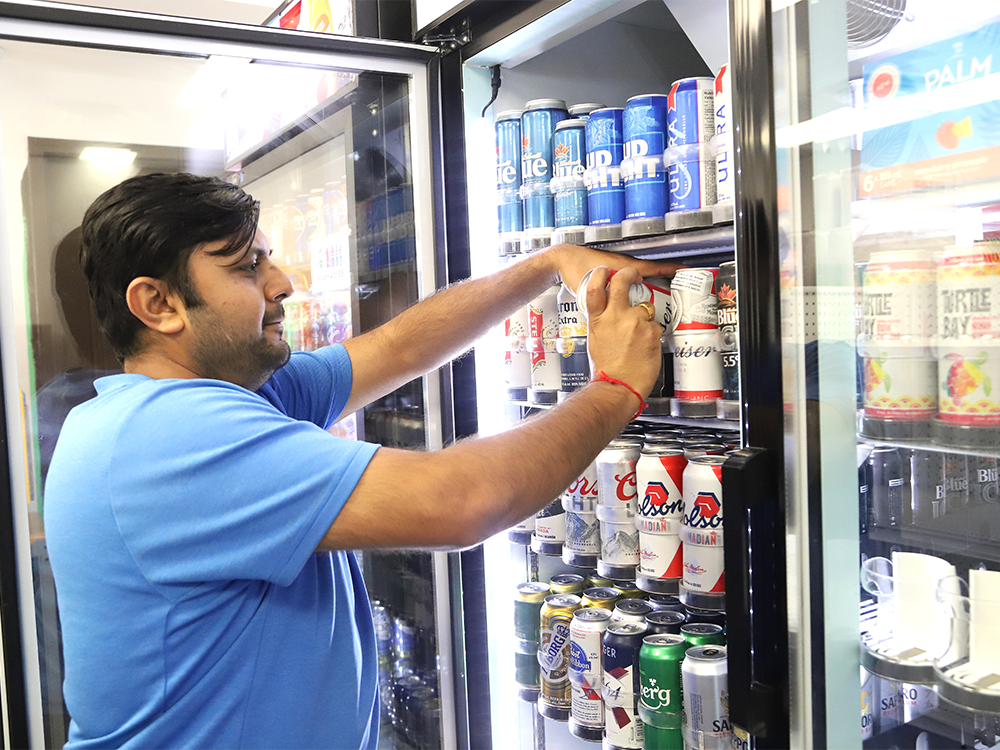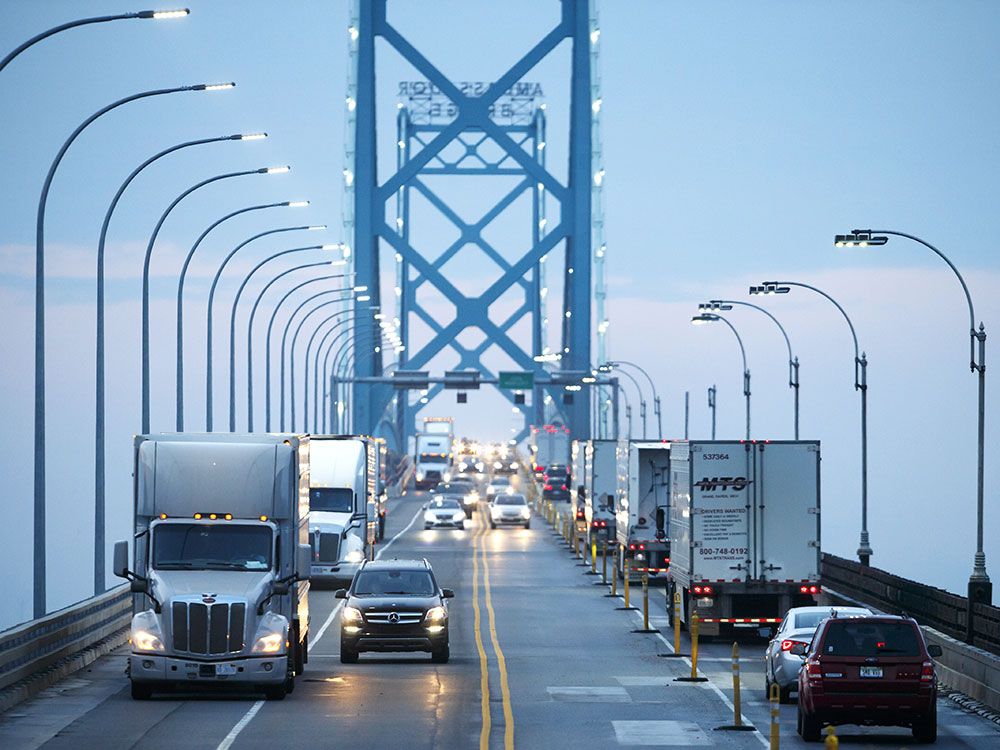Everything you need to know about the expansion of liquor sales in Ontario

Buying wine, beer and mixed cocktails in the province just got a lot more, well, convenient

Article content
As of Sept. 5, thousands of convenience stores across Ontario are now licensed to sell alcoholic beverages, marking a significant shift in how alcohol is distributed in the province. The expansion follows a long campaign by store owners and the Ontario Convenience Stores Association (OCSA) to broaden access beyond the Liquor Control Board of Ontario (LCBO) and Beer Store. The Financial Post’s Shantaé Campbell breaks down how this new system works, what stores can sell, and what challenges remain.
Advertisement 2
Story continues below
Article content
How many stores can sell alcohol?
Ontario’s latest expansion allows 4,187 convenience stores to sell beer, cider, wine and ready-to-drink alcoholic beverages, such as coolers, hard seltzer or other premixed cocktails. The newly licensed stores are in addition to the approximately 3,000 existing licensed retailers in the province, including LCBO outlets and grocery stores, as well as takeaway options from bars and restaurants.
Major players in the convenience store industry, such as Alimentation Couche-Tard Inc., which owns Circle K, are among the new licensees. A number of gas stations have also received licences, adding further convenience for consumers. According to Kenny Shim, president of the OCSA, which represents about 7,000 of the 10,000 corner stores across the province: “We’ve been waiting for this for a long time in Ontario. We’ve been advocating for it for over 20 years, gathering petitions to convince the government.”
What criteria do stores need to meet?
To sell alcohol, convenience store owners and all staff involved in its sale, delivery, or orders must be at least 18 years old and complete an Alcohol and Gaming Commission of Ontario (AGCO)-approved training program. To be eligible for a licence, stores must be fully enclosed (no semi-enclosed mall retailers, for example) and have less than 4,000 square feet of floor space, at least half of which is used to sell food products. Store owners have the discretion to decide whether coolers or storage areas for alcohol will be locked.
Article content
Advertisement 3
Story continues below
Article content
Shim believes that preventing sales to minors is of the utmost concern. “We’ve trained our staff thoroughly. We already deal with age-restricted products like tobacco and lottery tickets, so adding alcohol isn’t a huge shift. The fine for selling to a minor is $50,000, and if you lose your liquor licence, you lose your lottery licence as well. That could mean closing the store entirely.”
Alcohol can be sold at convenience stores between 7 a.m. and 11 p.m., which means longer hours than the LCBO and Beer Store. The AGCO monitors compliance and can suspend licences if rules are broken — as one store owner recently learned after “jumping the gun” by selling alcohol a week before the official start date. The penalty? A temporary, 21-day suspension.
Which types or brands of alcohol can they sell?
Convenience stores must meet specific shelf space requirements based on the type of alcoholic product. At least 20 per cent of beer, cider, and ready-to-drink beverage containers on display must come from small breweries, cideries, distilleries, or wineries. For wine, at least 10 per cent must be produced by small vintners, and 40 per cent made with grapes from a single country that meets quality assurance standards or from a country that produces less than 150 million litres of wine annually. The LCBO helps identify products from small manufacturers that meet the requirements.
Advertisement 4
Story continues below
Article content
Shim, who in addition to his role with the OCSA runs his own convenience store, Busy Bee King Mart, in downtown Toronto, noted, “Most of our members are encouraged to support Ontario breweries and wineries. I stock about 50 per cent Ontario wine and 30 to 35 per cent craft beer from Toronto-area breweries like Steam Whistle and Collective Arts.”
Can customers request specific products?
For now, convenience stores are likely to stock widely popular brands that appeal to a broad consumer base. According to the AGCO website, the product selection could expand over time as the market adapts to customer demand and supply chain capabilities. Store owners are allowed to set their own prices on alcohol as long as they meet minimum price requirements set by the LCBO.
What are the logistical challenges?
Rolling out alcohol sales to thousands of new stores presents logistical challenges. Smaller stores, in particular, may face difficulties in managing stock and ensuring timely deliveries from the LCBO. Shim says that while the initial setup has been smooth, “The ordering method and delivery systems still need fine-tuning between retailers and distributors. It’s going to take a few months to figure out what needs adjusting.”
Advertisement 5
Story continues below
Article content
What will this mean for convenience store owners?
For many convenience store owners, the opportunity to sell alcohol is a welcome relief after years of declining sales, particularly in the face of competition from big-box stores and illegal tobacco sales. “The convenience store industry has struggled for years,” Shim explained. “We’ve seen two thirds of our stores close down over the last 20 years. Illegal tobacco trade has hit us hard, so being able to sell alcohol will hopefully bring more foot traffic, increasing sales of other items like snacks and water.”
Recommended from Editorial
What’s next?
While the introduction of alcohol in convenience stores is still in its early days, industry experts and shop owners are optimistic. “It will take about a year to fully iron out the policies and regulations,” Shim said. “But we’re working closely with the AGCO and the government to ensure everything runs smoothly. This is a great opportunity for convenience stores, and I’m confident we’ll get there with time.”
• Email: shcampbell@postmedia.com
Bookmark our website and support our journalism: Don’t miss the business news you need to know — add financialpost.com to your bookmarks and sign up for our newsletters here.
Article content








Comments